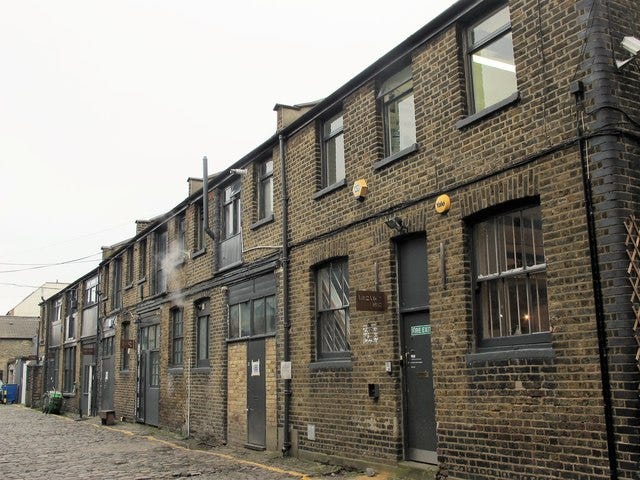A steady character
Irish-born Matthew Nunan became a private detective after ill-health forced him out of the police
This week’s private detective is Matthew Denis Nunan, who spent his career based largely in East London.
Matthew was, like many private detectives, a retired Metropolitan Police officer. He lived and worked in the Walthamstow area, joining the Met in July 1861, aged 26, and retiring 15 years later, in March 1877. Unlike many of the detectives I’ve studied so far, Matthew retired due to ill health, the Met Police pension registers recording the 42-year-old as suffering from debility and lung disease. Despite this, he survived for many more years, and was able to start a new career as a private detective.
Matthew Nunan appears to have been a steady character, with little desire for promotion or for change. He served his entire 15 years in the Met as a constable in N Division, and lived in Walthamstow for all that time. He was a striking man, only just shy of six feet tall.
Hatherley Mews, Walthamstow - image by Mike Quinn and used under Creative Commons
Yet despite his lack of promotion and his long residence in Walthamstow, Matthew had not lived all his life in one place. In fact, he was a native of Charleville in County Cork, Ireland, and he had both married there – his wife being Mary Ann Browne – and had his first child, Maurice, there in May 1860. He seems to have moved to England in order to join the Met, but once there, he stayed. After Maurice, he and Mary had four daughters, all born in Walthamstow: Mary (known as Minnie), Catherine (Kate), Ellen Bridget (Nellie) and Margaret Agnes (Maggie).
In the mid 1880s, tragedy struck when Matthew’s wife Mary, and daughter Kate, died within months of each other. Mary was just 43, and Kate 19. By 1891, widower Matthew was working as a private detective, and was living in West Ham with his surviving daughters. Minnie may have been acting as her father’s housekeeper, while Nellie worked as a music teacher, and Maggie was still studying. Son Maurice, now married and working as a railway clerk, lived locally, so Matthew had all his children near him. In 1892, he remarried – another Mary, but this time, a Londoner – but he only got to enjoy married life for three years, as at the age of 58, in. 1895, he died.
Newspapers record his two careers: he features in papers of the 1870s as ‘a detective policeman stationed at Walthamstow’, and these articles show the variety of his work, involving arresting suspects as they tried to flee to America; stopping others from impersonating policemen; searching suspects’ clothes and finding them covered in blood. At the other end of the scale, he brought individuals to court for selling beer without a licence, and investigated duplicates of pawnbroker documents.
After leaving the police, Matthew appears to have worked for the Great Eastern Railway as an inspector before becoming a private detective. However, this still involved detective work, as Nunan recorded working in ‘plain clothes’ to detect crime. He was usually based at Bishopsgate Station, but occasionally had to cover shifts at Liverpool Street, when another inspector was absent.
Matthew Nunan did not have a long or healthy life, but he still managed to work as a detective in three different ways during his career. He did not give up when he became ill, but instead utilised his police skills in new ways to earn money and maintain his family, particularly after the death of his first wife. His approach typified the resourcefulness and initiative of many detectives of his time.


